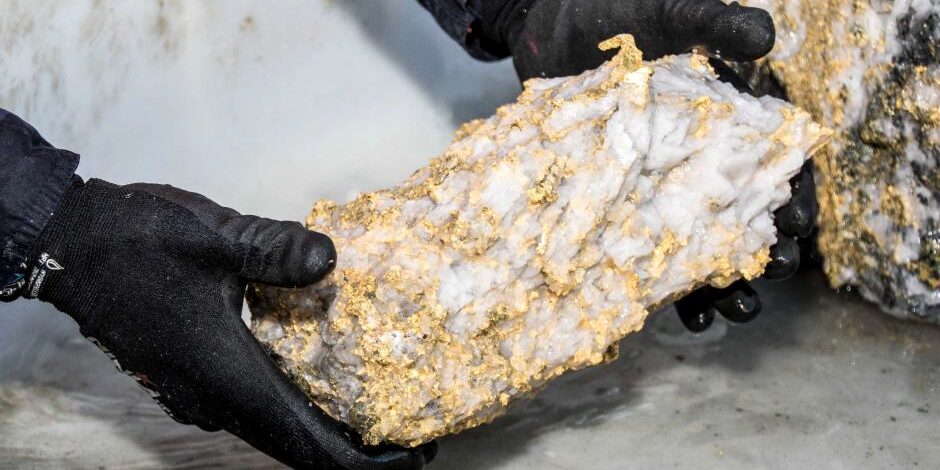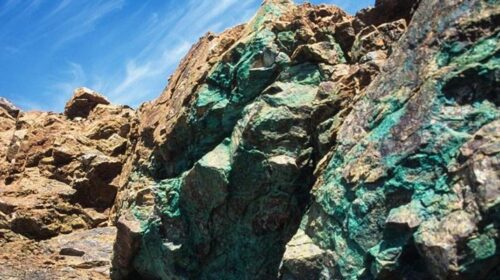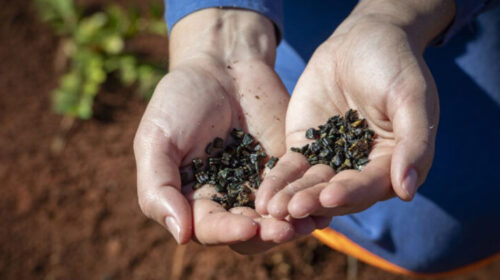New high-grade lode discovery at Kibali excites Barrick CEO
Gold miner Barrick Gold revealed at a media briefing in Kinshasa, in the Democratic Republic of Congo (DRC), on January 21, that underground drilling at the Kibali gold mine’s KCD orebody was defining a new high-grade lode above the base of the existing shaft infrastructure.
Barrick president and CEO Mark Bristow said this was an “exciting discovery”, which could add an entirely new orebody to the existing KCD series of orebodies.
He said exploration and resource conversion would continue this year to extend the life of the mine.
The Kibali gold mine is situated in the northeast of the DRC. It is owned by joint venture company Kibali Goldmines, in which Barrick Gold and fellow gold mining company AngloGold Ashanti each own 45%, and DRC parastatal Société Miniére de Kilo-Moto 10%.
The mine is operated by Barrick.
It was also announced that the Kibali gold mine had met production guidance for 2021 by producing 812 152 oz of gold for the year. Barrick said it expected to increase the mine’s mineral reserves net of depletion for the third successive year, maintaining its plus ten-year life as one of Barrick’s tier-one assets.
A tier one gold asset is an asset with a reserve potential to deliver a minimum ten-year life, production of at least 500 000 oz/y of gold and total cash costs per ounce over the mine’s life that are in the lower half of the industry cost curve.
Bristow noted that Kibali’s performance, which grew steadily stronger during 2021, was achieved with no lost-time injuries during the fourth quarter.
Additionally, the Kibali mine retained its ISO 45001 safety and ISO 14001 environmental accreditations.
“Kibali’s performance was supported by reinforced Covid-19 protocols to deal with the fourth wave of the virus. The mine worked closely with the DRC’s health authorities and the provincial government to source vaccines and, to date, has partially vaccinated 60% of its workforce, with 43% of the workforce fully vaccinated,” Bristow said.
He added that Kibali continued to spearhead the group’s clean energy drive with power sourced from its three continuously upgraded hydropower stations supported by new back-up battery technology.
Bristow added that the mine also strengthened its local business partnerships to help build a sustainable economy in the region wherein it operates.
During the fourth quarter, the mine spent $40.6-million on local contractors and suppliers, bringing the total since the start of Kibali to $2.1-billion.
“To date, Kibali has invested some $3.7-billion in the DRC in the form of taxes, permits, infrastructure, salaries and payments to local partners,” he said.
During the fourth quarter, Kibali launched the biodiversity partnership Garamba Alliance with the US Agency for International Development. The partnership was designed to preserve the Garambe Nation Park – a World Heritage site – through the support of anti-poaching actions and other conservation initiatives. This partnership is also designed to secure a sustainable economic future for the local communities surrounding the park.
Additionally, regional infrastructure around Kibali was improved by the completion of Sections 5 and 6 of the Durba road, with work on Section 7 under way.
Bristow also noted that plans to build a cyanide destruction plant were also under way, starting in the fourth quarter of 2021.
Engineering design and project management company AZMET is providing the technology, which will help Barrick achieve International Cyanide Management Institute accreditation.
The aim was to reduce cyanide concentration in the mine’s dams and improve plant recoveries. The cyanide destruction plant is scheduled for completion in the second quarter of 2024.
Additionally, a new pumping system was commissioned to reduce the mine’s use of fresh water from the nearby Kibali river. The pump system was installed at the mine’s KCD dam with a capacity of 300 m3/h. A 1.3 km pipeline was built from the dam to the processing plant.
![]()





